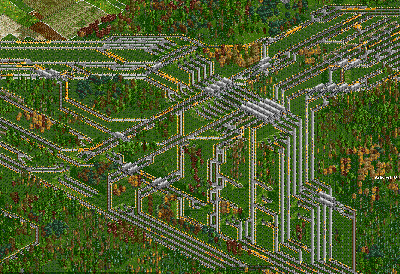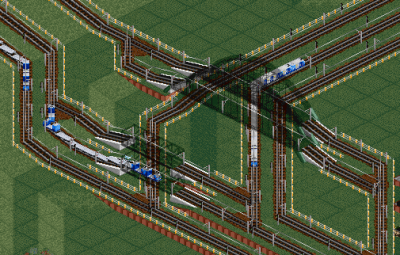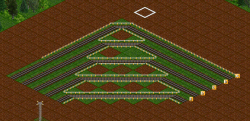Various degrees of terraforming
In almost every game that is being played on one of our servers there is a terraforming, TF for short, rule in place. However it is up to debate on what is considered to be low, medium or high terraforming. Via this blog I want to give you some insights in the various types of terraforming that we use.
Read the rest of this entry »



